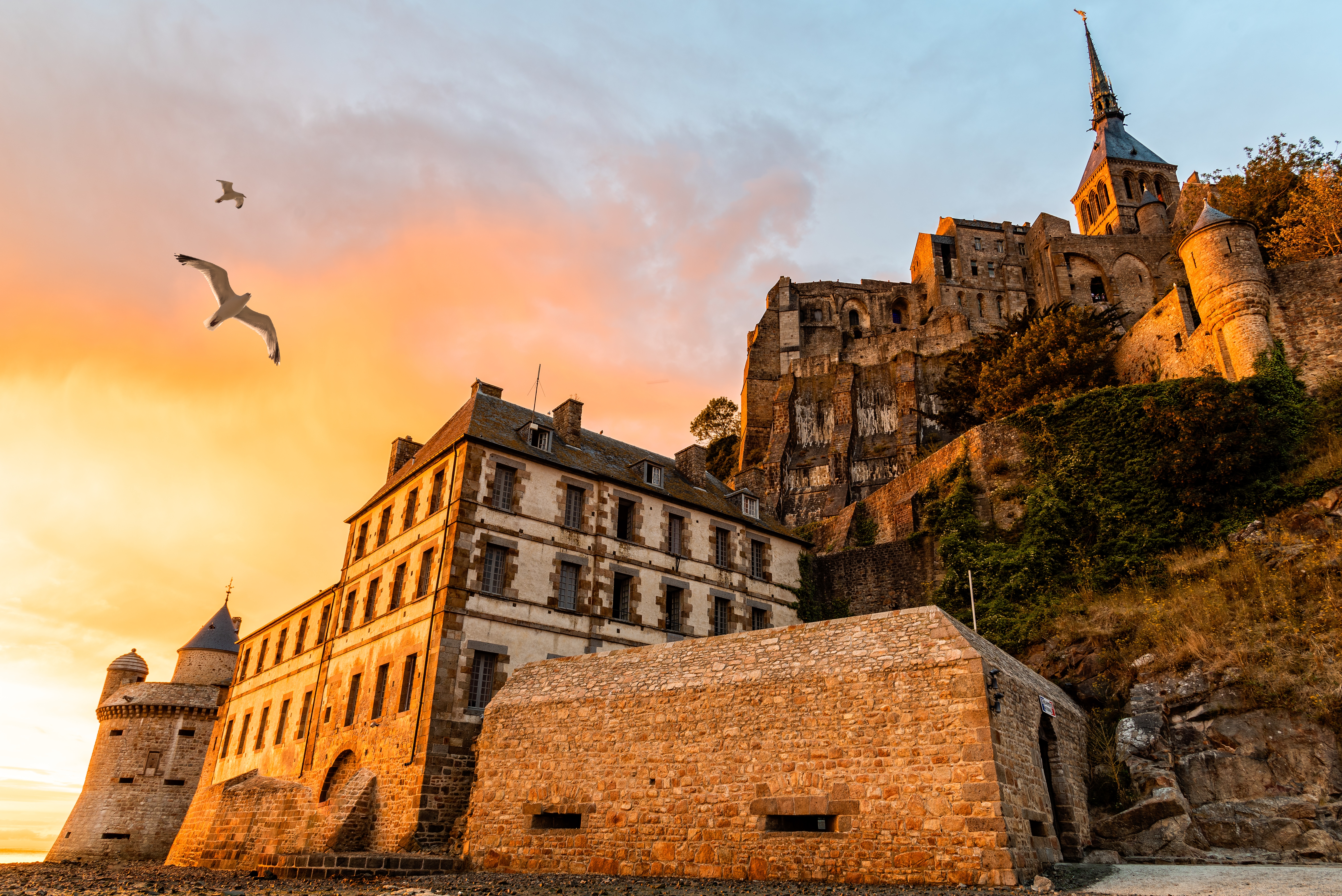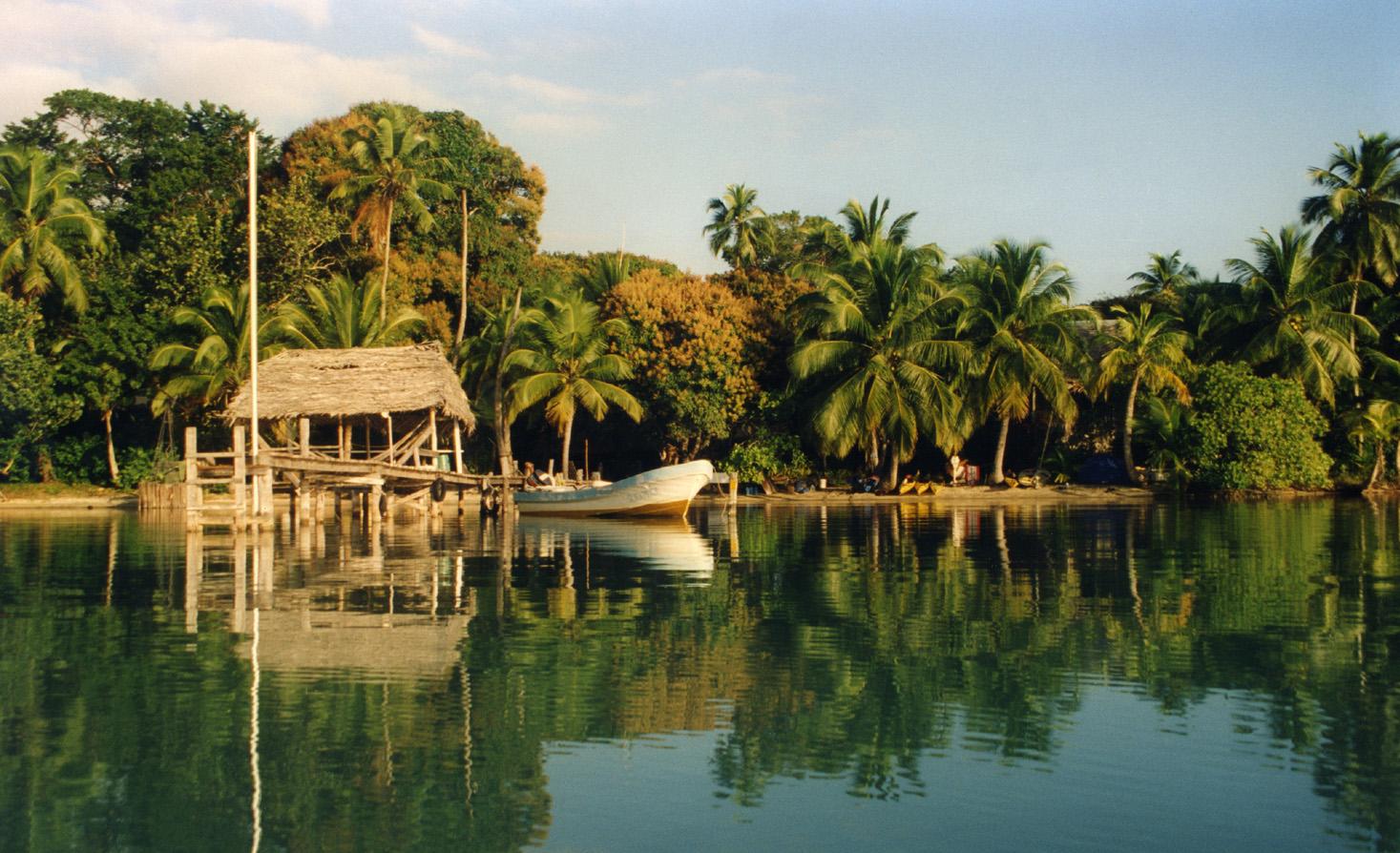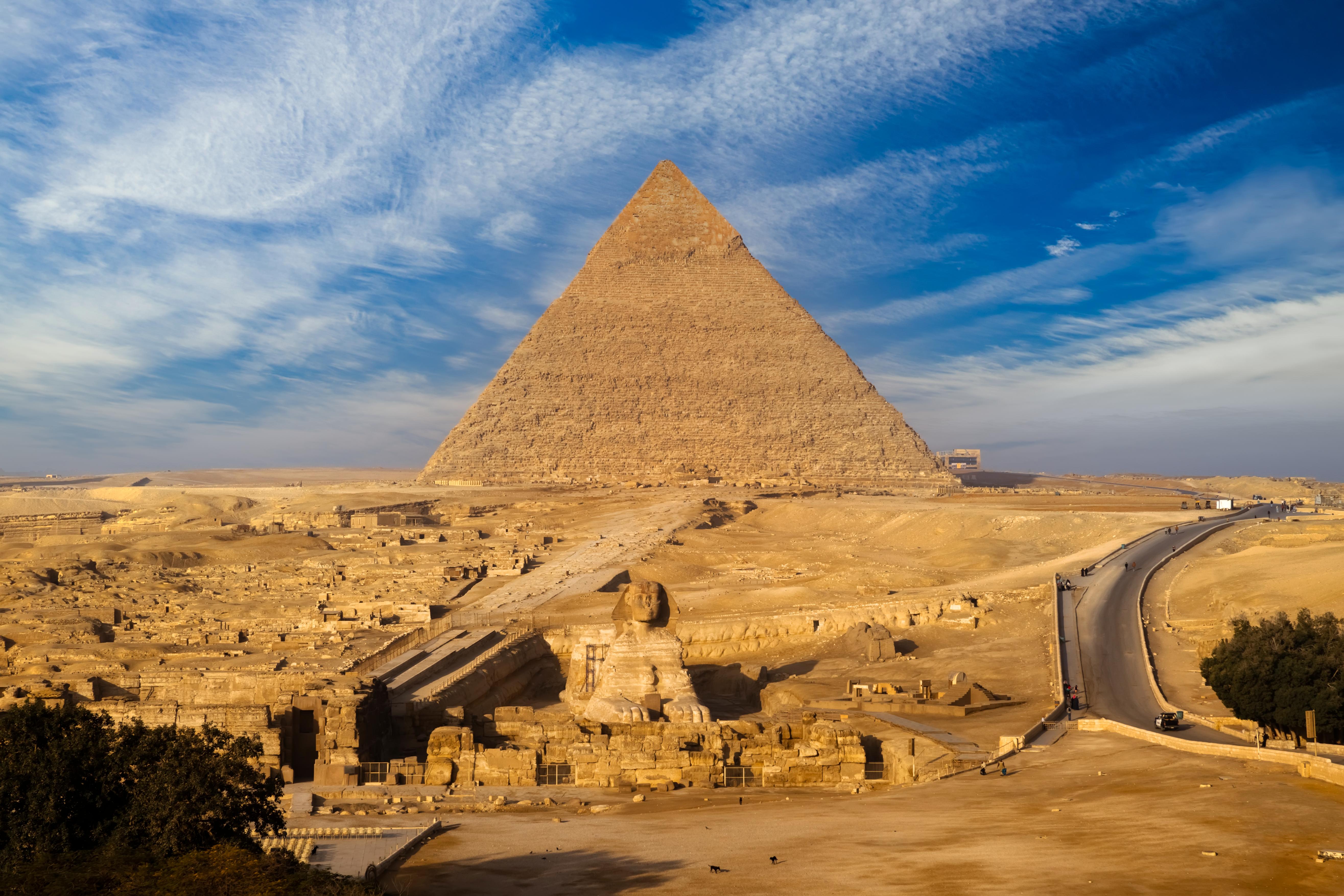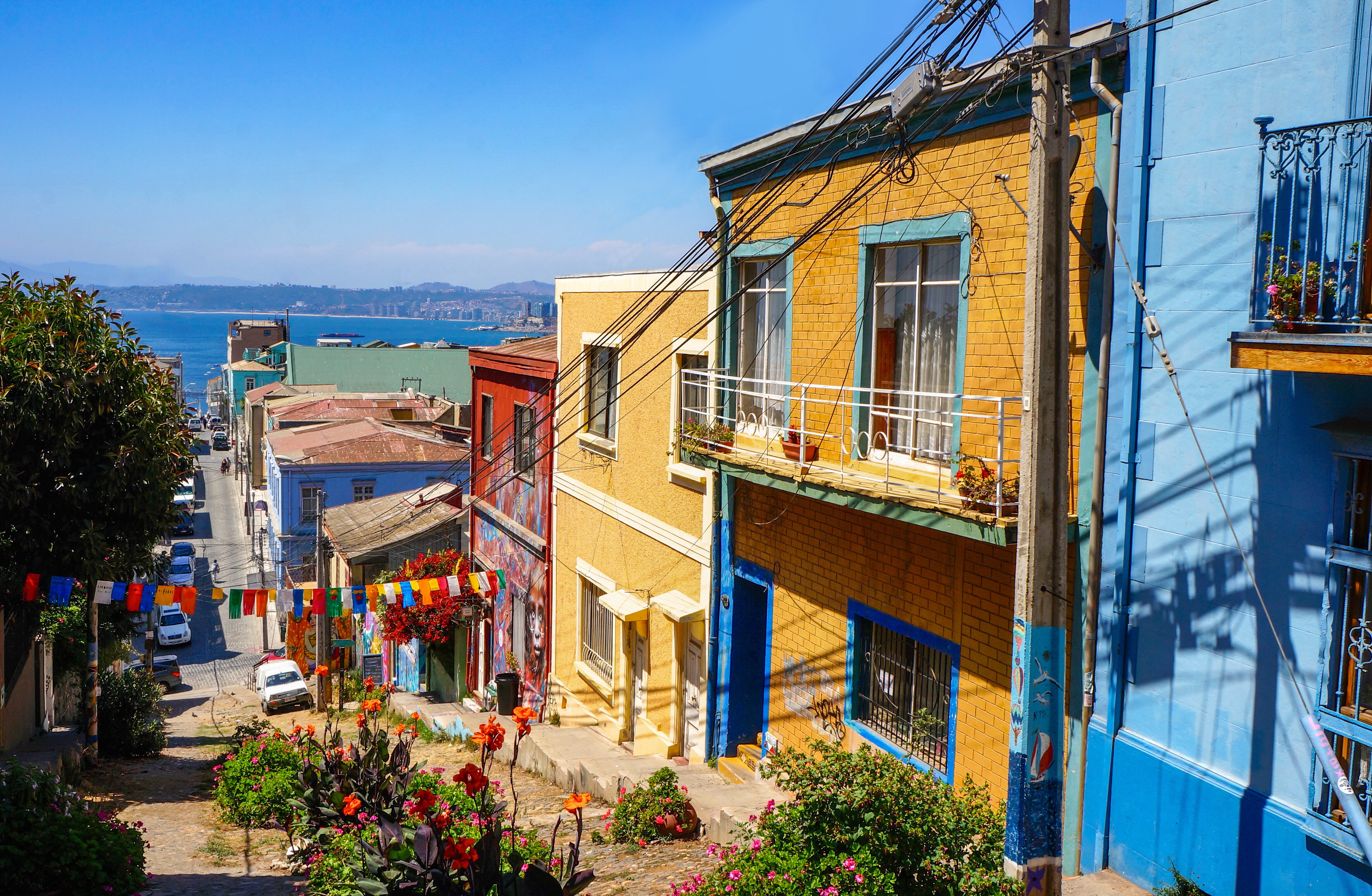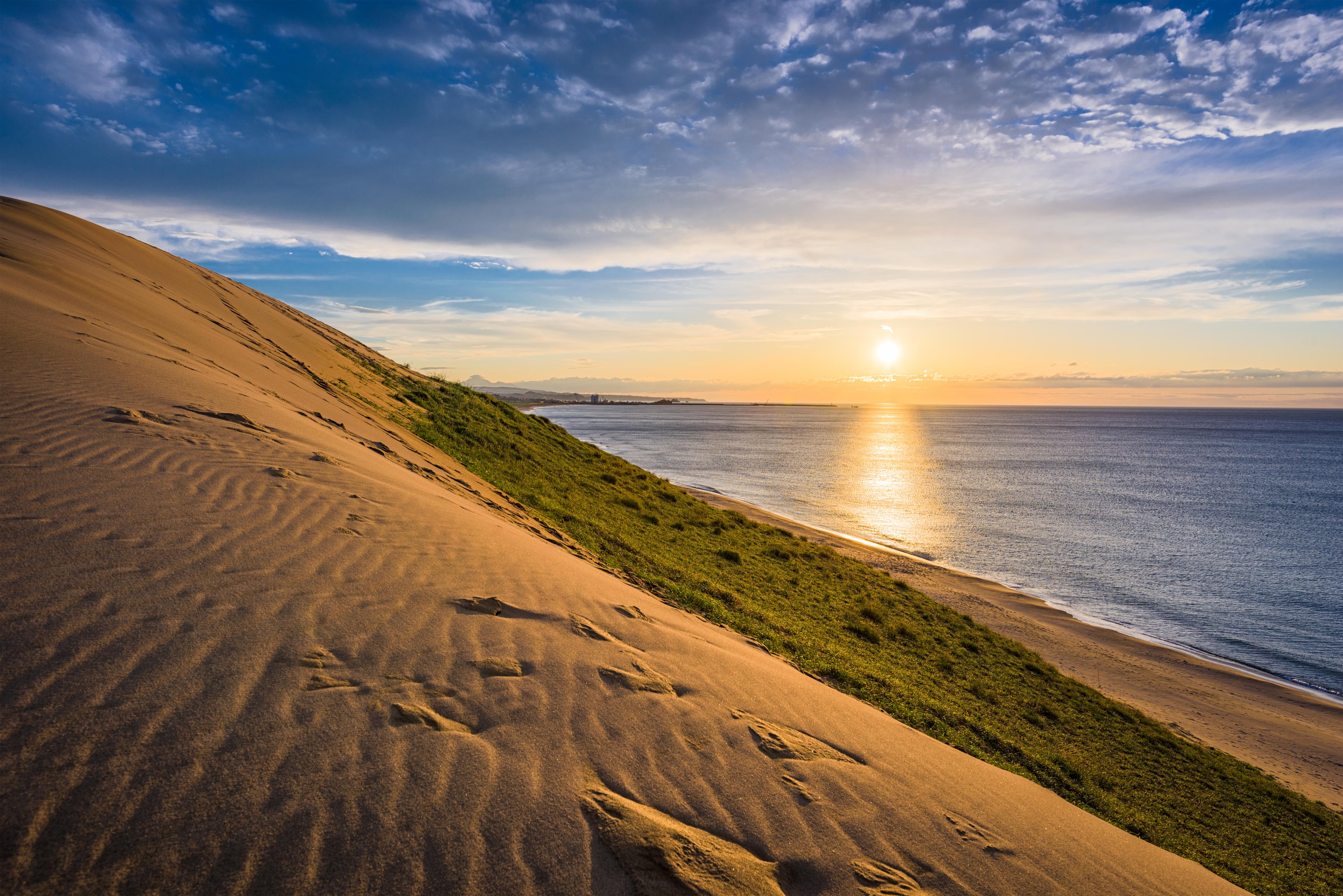12 Hidden Waterfalls in America That Rival Niagara
Waterfalls have long captivated human imagination. Their sheer power, the thunderous roar of water crashing down, and the ethereal mist that hangs in the air create a spectacle that is as mesmerizing as it is humbling. While Niagara Falls is one of the most renowned waterfalls in the world, America is blessed with numerous other cascades that rival its majesty. These waterfalls, scattered across the vast landscape of the United States, each offer a unique glimpse into nature's grandeur. From the lush forests of the Pacific Northwest to the rugged terrains of the Appalachian Mountains, these natural wonders provide not just visual beauty but also a deep sense of tranquility and wonder. In this article, we embark on a journey to explore 12 hidden waterfalls in America that rival Niagara. Each waterfall, with its distinct characteristics and surroundings, tells a story of geological marvel and ecological significance. As we delve into the details of these majestic cascades, we will uncover the rich history, the diverse ecosystems, and the cultural importance they hold. This exploration will not only be a visual feast but also an enlightening experience that deepens our appreciation for the natural world.
1. Yosemite Falls: The Tallest of Them All
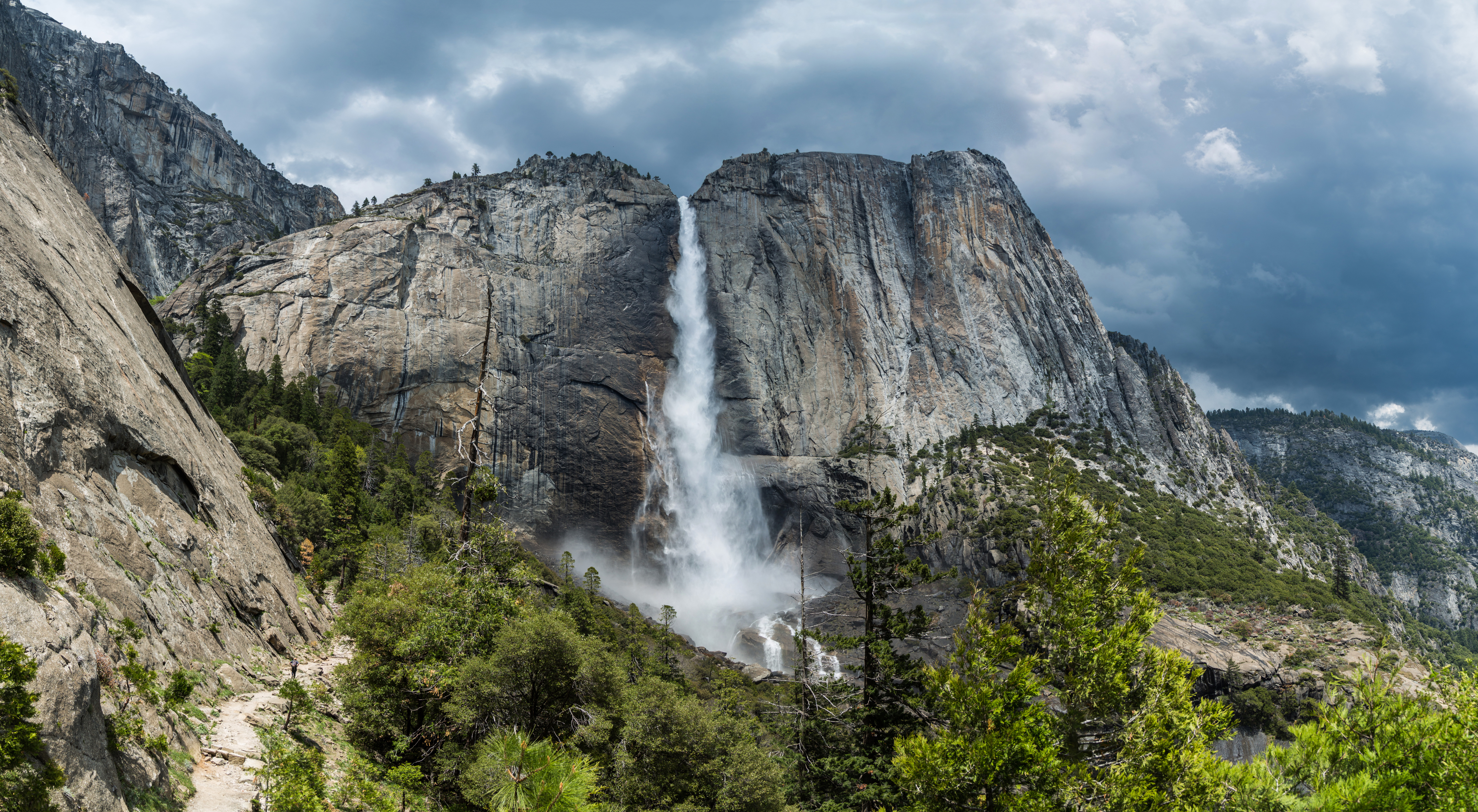
Yosemite Falls, located in California's iconic Yosemite National Park, is a towering testament to nature's artistry. Standing at an impressive 2,425 feet, it is the tallest waterfall in North America. This three-tiered waterfall consists of the Upper Yosemite Fall, the Middle Cascades, and the Lower Yosemite Fall, each contributing to the awe-inspiring spectacle. The sheer drop of the Upper Fall, plummeting 1,430 feet, is particularly breathtaking, drawing visitors from around the globe. The waterfall is fed by snowmelt, which means its flow varies dramatically throughout the year. In the spring, when the snow begins to melt, Yosemite Falls is at its most powerful, creating a thunderous roar that echoes through the valley. By late summer, the flow diminishes significantly, revealing the intricate rock formations behind the cascade. This seasonal transformation highlights the dynamic nature of waterfalls and their dependence on the surrounding environment. Yosemite Falls is not just a visual marvel but also a vital part of the park's ecosystem, supporting diverse flora and fauna that thrive in its misty microclimate.
2. Multnomah Falls: A Pacific Northwest Gem
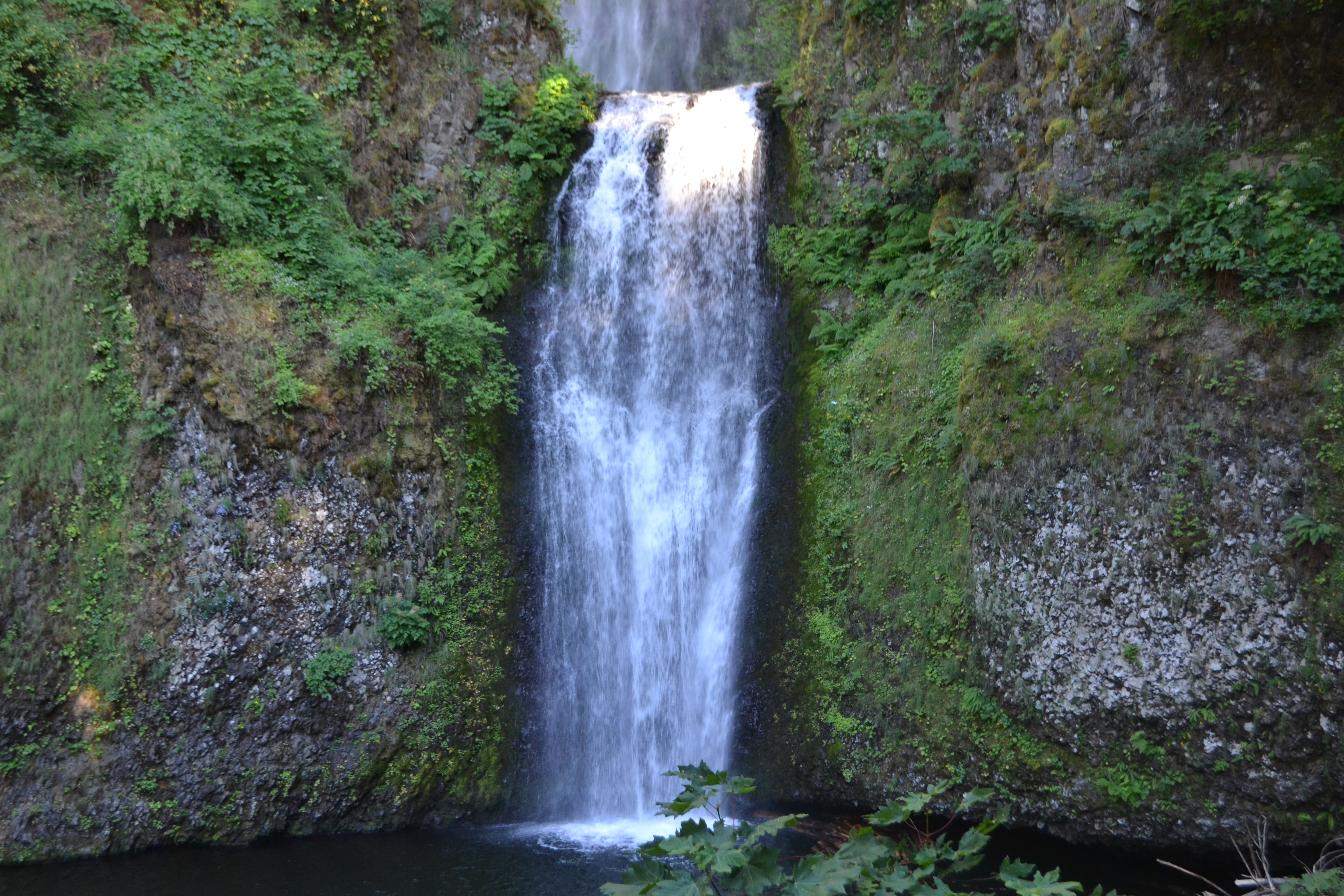
Nestled in the lush Columbia River Gorge in Oregon, Multnomah Falls is a quintessential representation of the Pacific Northwest's natural beauty. With a total height of 620 feet, it is the tallest waterfall in Oregon and one of the most photographed landmarks in the region. The waterfall is divided into two major tiers, with the upper fall dropping 542 feet and the lower fall adding another 69 feet to the cascade's grandeur. Multnomah Falls is easily accessible, with a paved trail leading to Benson Bridge, a picturesque vantage point that offers stunning views of both the upper and lower falls. The surrounding area is rich in biodiversity, with dense forests of Douglas fir and western hemlock providing a verdant backdrop to the waterfall. The mist from the falls creates a unique microhabitat, supporting a variety of plant species, including ferns and mosses, that thrive in the moist environment. Multnomah Falls is not only a natural wonder but also a cultural icon, with a history steeped in Native American legend and early settler exploration.
3. Havasu Falls: A Desert Oasis
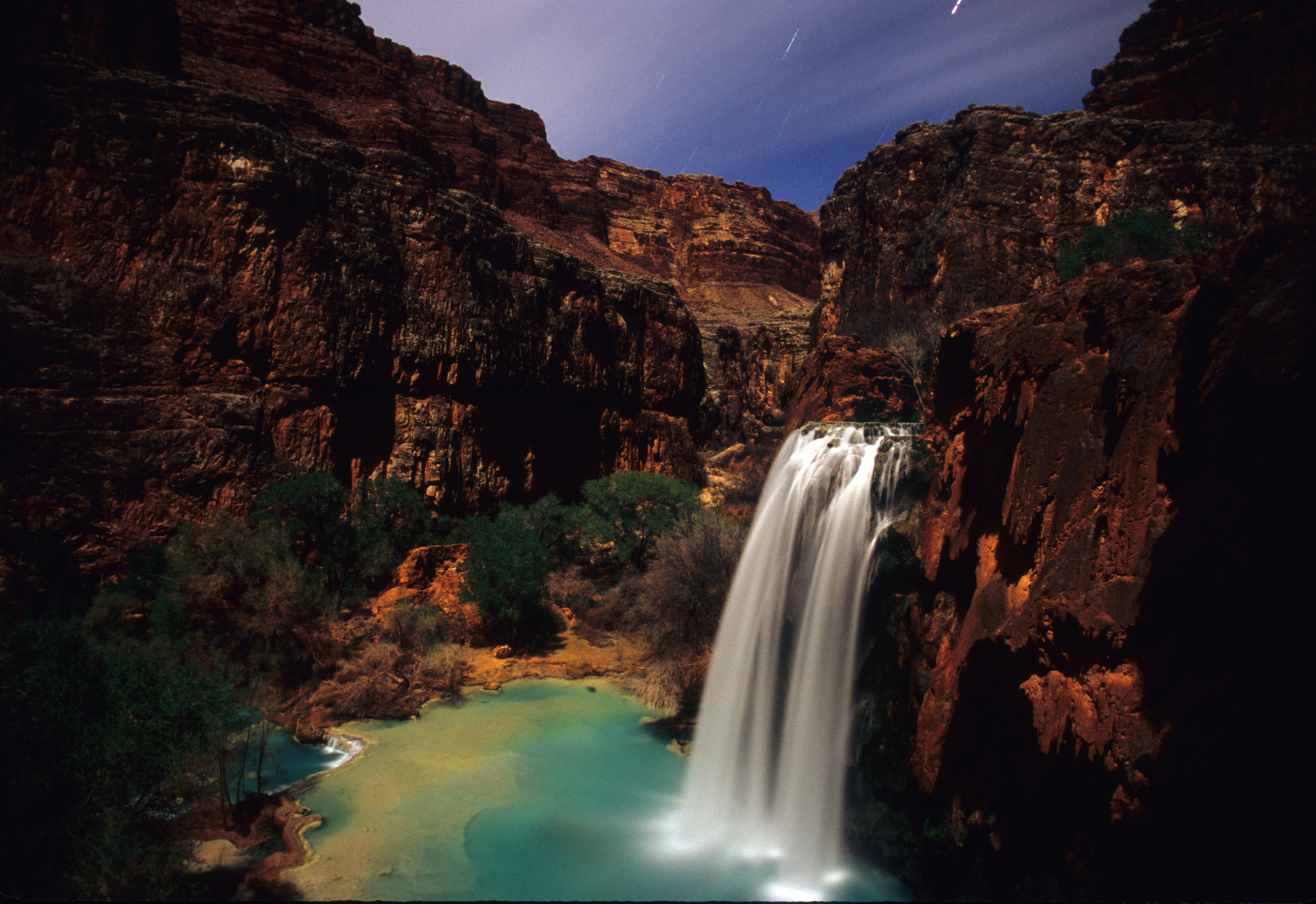
Havasu Falls, located within the Havasupai Indian Reservation in Arizona, is a striking contrast to the arid desert landscape that surrounds it. This stunning waterfall, with its vibrant turquoise waters, is fed by a series of underground springs that give it a unique, otherworldly hue. The falls drop approximately 100 feet into a series of travertine pools, creating a paradise-like setting that attracts adventurers and nature lovers alike. Reaching Havasu Falls requires a challenging hike through the rugged terrain of the Grand Canyon, making it a destination for those seeking both beauty and adventure. The falls are part of a fragile ecosystem that has been carefully preserved by the Havasupai people, who have lived in the area for centuries. Their stewardship of the land ensures that the natural beauty of Havasu Falls remains unspoiled for future generations. This waterfall is a testament to the resilience of nature and the importance of preserving our natural heritage.
4. Shoshone Falls: Niagara of the West
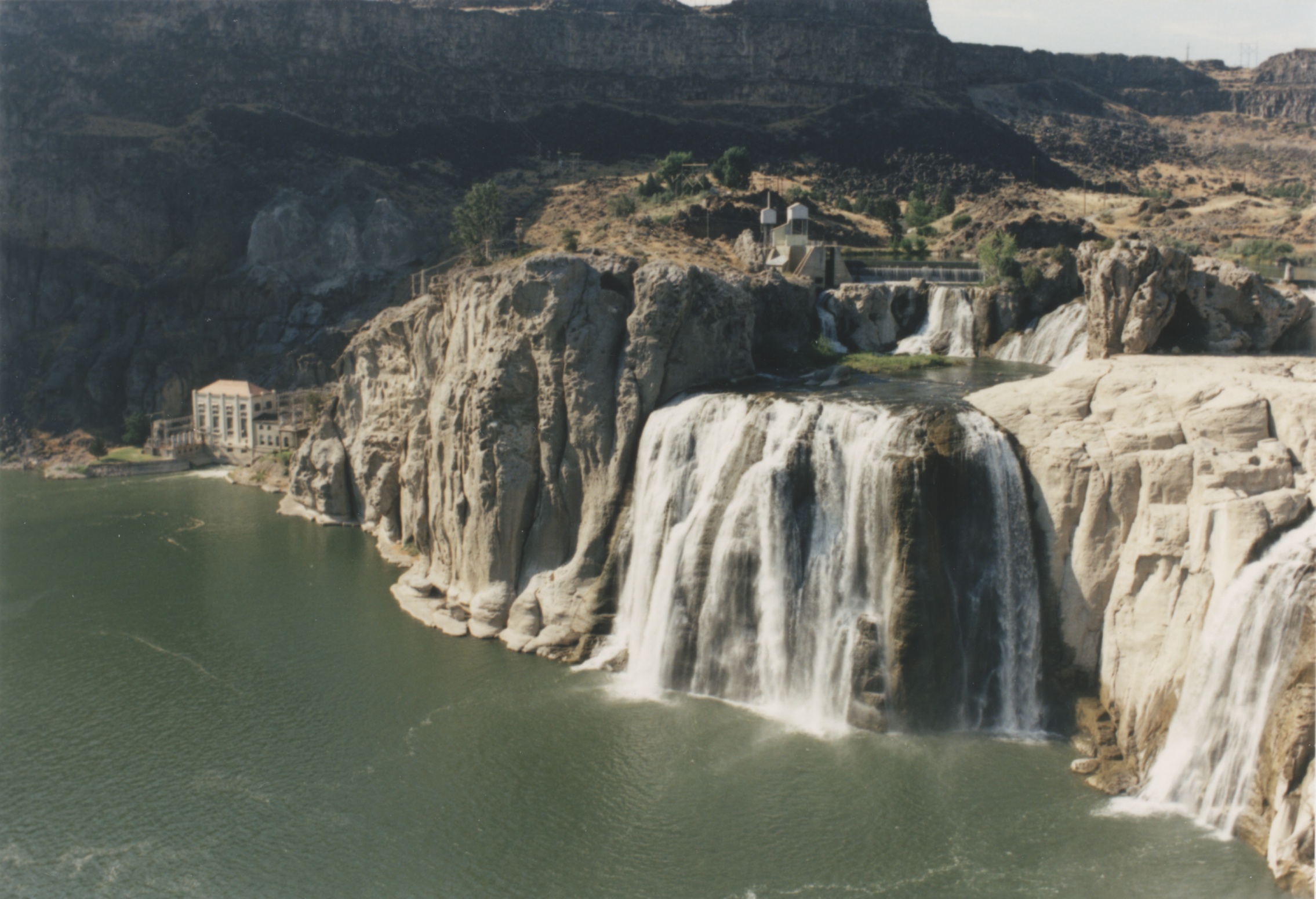
Shoshone Falls, often referred to as the "Niagara of the West," is a magnificent cascade located on the Snake River in southern Idaho. At 212 feet, it is actually 45 feet taller than Niagara Falls, making it one of the most impressive waterfalls in the United States. The falls stretch across a width of 1,000 feet, creating a breathtaking curtain of water that is particularly striking in the spring when the river is at its fullest. The area surrounding Shoshone Falls is rich in geological history, with volcanic rock formations and ancient lava flows creating a dramatic backdrop for the waterfall. The falls are a vital part of the local ecosystem, supporting a diverse array of wildlife, including fish, birds, and mammals. In addition to its natural beauty, Shoshone Falls has played a significant role in the region's history, serving as a gathering place for Native American tribes and a landmark for early explorers and settlers. Today, it remains a popular destination for tourists and locals alike, offering a glimpse into the power and majesty of nature.
5. Cumberland Falls: The Moonbow Phenomenon
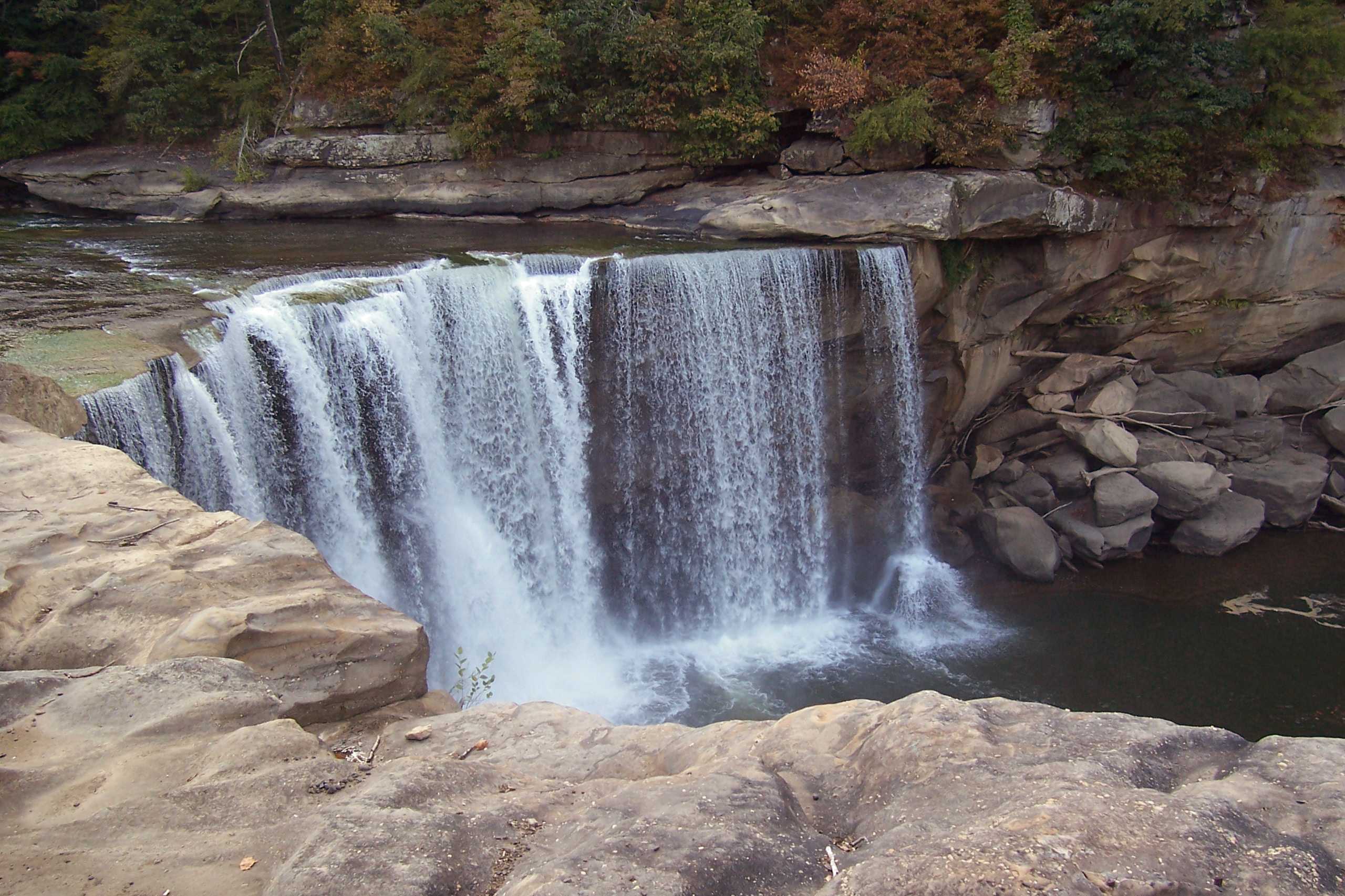
Cumberland Falls, located in southeastern Kentucky, is often referred to as the "Niagara of the South" due to its impressive size and power. The waterfall is 68 feet high and 125 feet wide, creating a majestic curtain of water that is a sight to behold. What sets Cumberland Falls apart from other waterfalls is the rare phenomenon known as a "moonbow," a lunar rainbow that occurs on clear nights during a full moon. The moonbow is created by the refraction of moonlight through the mist of the falls, resulting in a faint, colorful arc that is visible to the naked eye. This natural wonder attracts visitors from around the world, who come to witness the ethereal beauty of the moonbow and the falls. The area surrounding Cumberland Falls is rich in biodiversity, with dense forests and diverse wildlife providing a haven for nature enthusiasts. The falls are also steeped in history, with Native American legends and early settler stories adding to their allure. Cumberland Falls is a true testament to the magic of nature and the wonders it holds.
6. Bridalveil Fall: Yosemite's Iconic Cascade
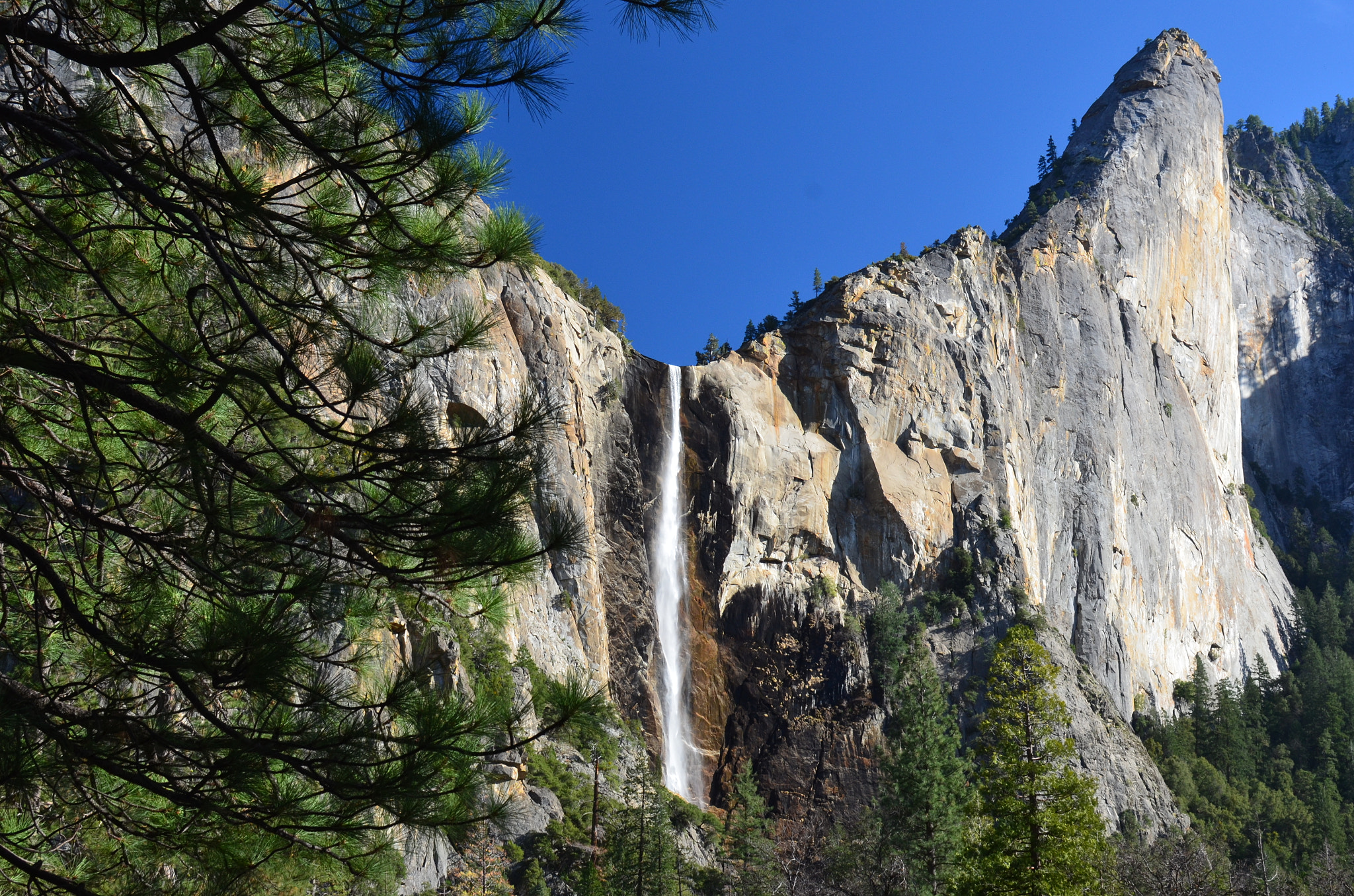
Bridalveil Fall, another gem within Yosemite National Park, is one of the park's most iconic waterfalls. Plunging 620 feet into the valley below, it is one of the first waterfalls visitors encounter upon entering the park, making it a symbol of the natural beauty that awaits. The waterfall gets its name from the delicate, veil-like appearance of its cascading waters, which are often blown sideways by the wind, creating a mesmerizing dance of water and mist. Bridalveil Fall is fed by Bridalveil Creek, which originates from the snowmelt of the Sierra Nevada mountains. The flow of the waterfall varies throughout the year, with peak flow occurring in the spring and early summer. The area surrounding the falls is rich in biodiversity, with lush forests of pine and oak providing a habitat for a variety of wildlife. Bridalveil Fall is not only a visual marvel but also a spiritual place for the Native American tribes who have long considered it sacred. Its beauty and cultural significance make it a must-see destination for any visitor to Yosemite National Park.
7. Ruby Falls: An Underground Wonder
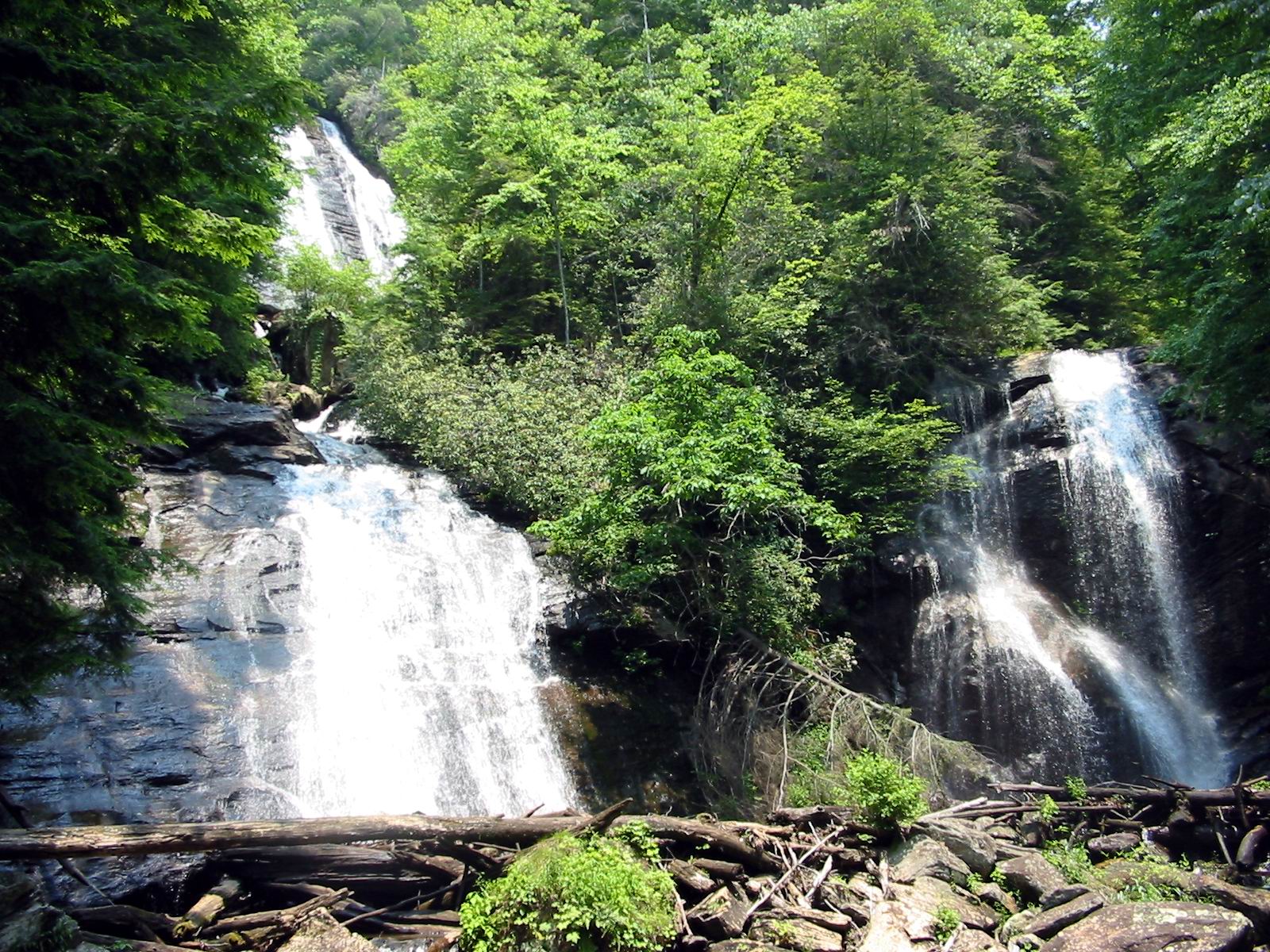
Ruby Falls, located deep within Lookout Mountain in Chattanooga, Tennessee, is a unique and enchanting waterfall that offers a different kind of experience. Unlike the towering cascades found above ground, Ruby Falls is an underground waterfall, hidden within the depths of a limestone cave. Discovered in 1928 by Leo Lambert and his team, the waterfall plunges 145 feet into a pool at the base of the cave, creating a mesmerizing spectacle of water and light. Visitors to Ruby Falls embark on a guided tour through the cave, where they can marvel at the stunning rock formations, stalactites, and stalagmites that have formed over millions of years. The highlight of the tour is, of course, the waterfall itself, which is illuminated by colorful lights, creating a surreal and magical atmosphere. Ruby Falls is a testament to the hidden wonders of the natural world and the beauty that lies beneath the surface. It is a must-visit destination for anyone seeking a unique and unforgettable experience.
8. Tahquamenon Falls: Michigan's Majestic Cascade
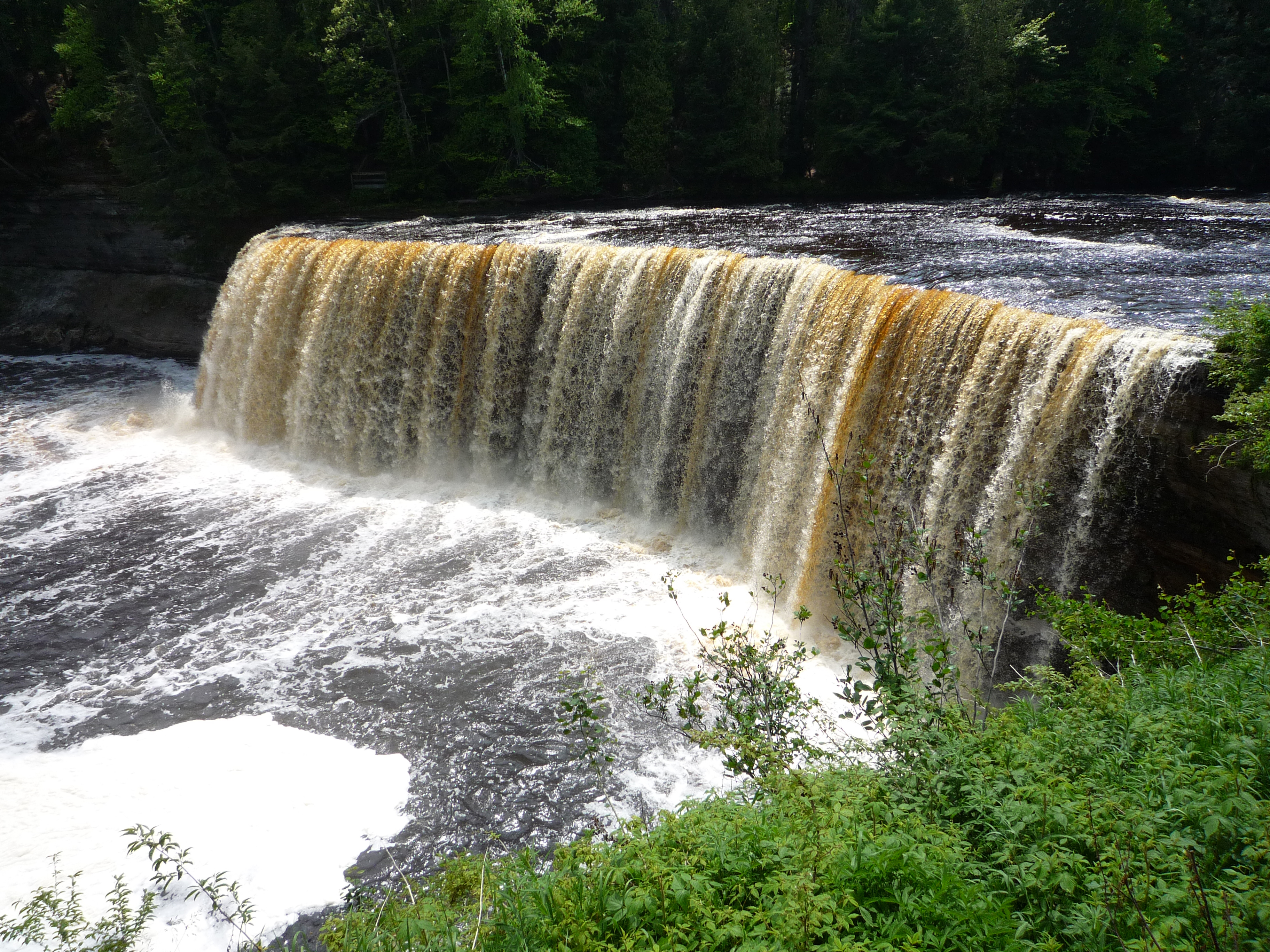
Tahquamenon Falls, located in Michigan's Upper Peninsula, is one of the largest waterfalls east of the Mississippi River. The falls are divided into two sections: the Upper Falls, which is an impressive 200 feet wide and 50 feet high, and the Lower Falls, a series of smaller cascades and rapids. The Upper Falls is particularly striking, with its copper-colored water, a result of the tannins leached from the cedar swamps that feed the river. The area surrounding Tahquamenon Falls is a pristine wilderness, with dense forests and abundant wildlife providing a haven for nature enthusiasts. The falls are part of Tahquamenon Falls State Park, which offers a variety of recreational activities, including hiking, fishing, and camping. The park's extensive trail system allows visitors to explore the beauty of the falls and the surrounding landscape, providing a deeper appreciation for the natural world. Tahquamenon Falls is a testament to the power and beauty of nature, offering a glimpse into the untamed wilderness of Michigan's Upper Peninsula.
9. Amicalola Falls: Georgia's Cascading Beauty
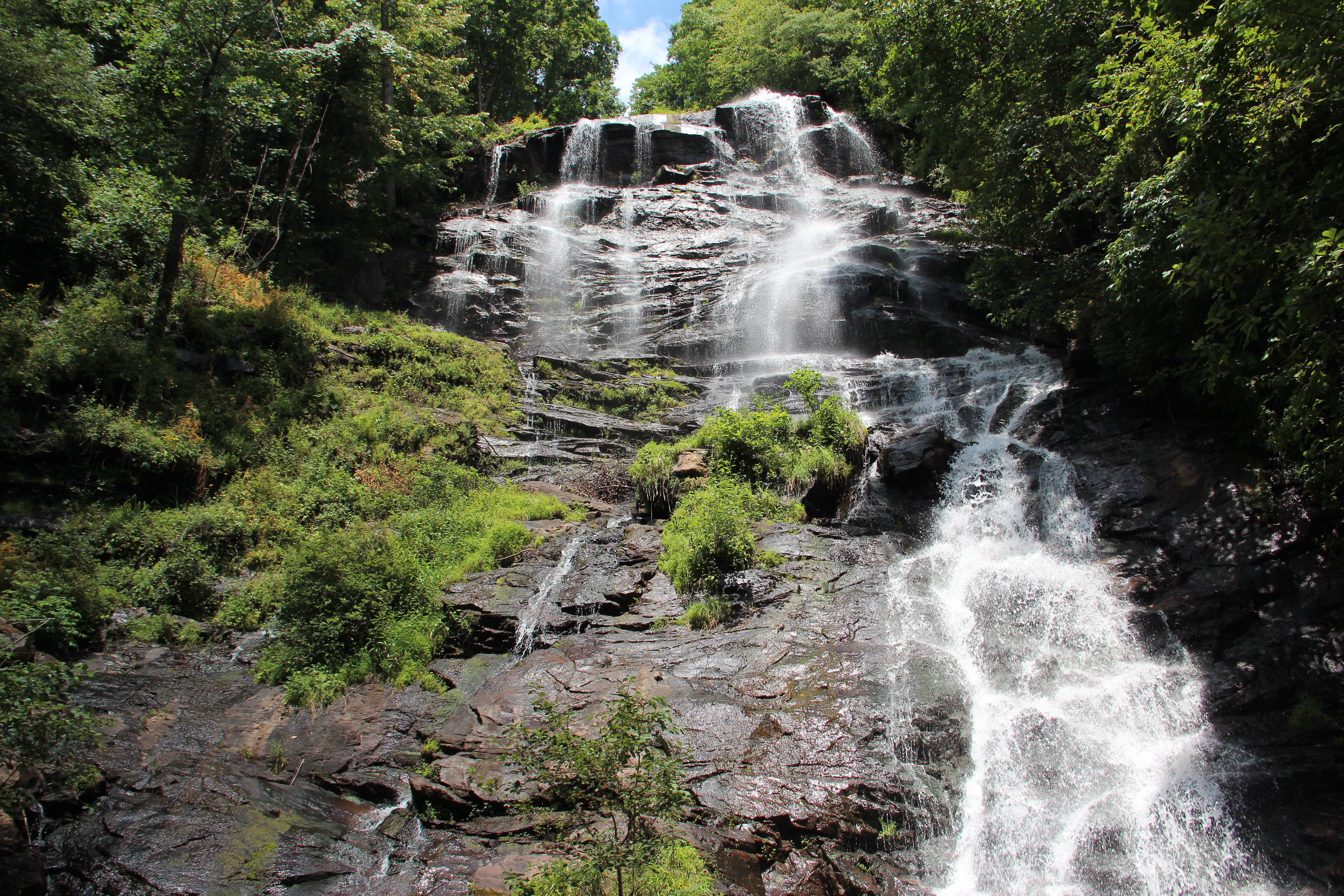
Amicalola Falls, located in the Appalachian Mountains of northern Georgia, is the tallest waterfall in the state, with a total height of 729 feet. The name "Amicalola" comes from a Cherokee word meaning "tumbling waters," a fitting description for the cascade's series of seven drops that create a stunning display of white water. The falls are part of Amicalola Falls State Park, a popular destination for hikers and outdoor enthusiasts. The park offers a variety of trails, including the challenging Amicalola Falls Trail, which leads to the top of the falls and offers breathtaking views of the surrounding mountains. The area is rich in biodiversity, with dense forests of oak and hickory providing a habitat for a variety of wildlife. Amicalola Falls is not only a natural wonder but also a gateway to the Appalachian Trail, which begins at nearby Springer Mountain. The falls are a testament to the beauty and diversity of Georgia's natural landscape, offering a glimpse into the rich history and culture of the region.
10. Snoqualmie Falls: A Cultural Icon
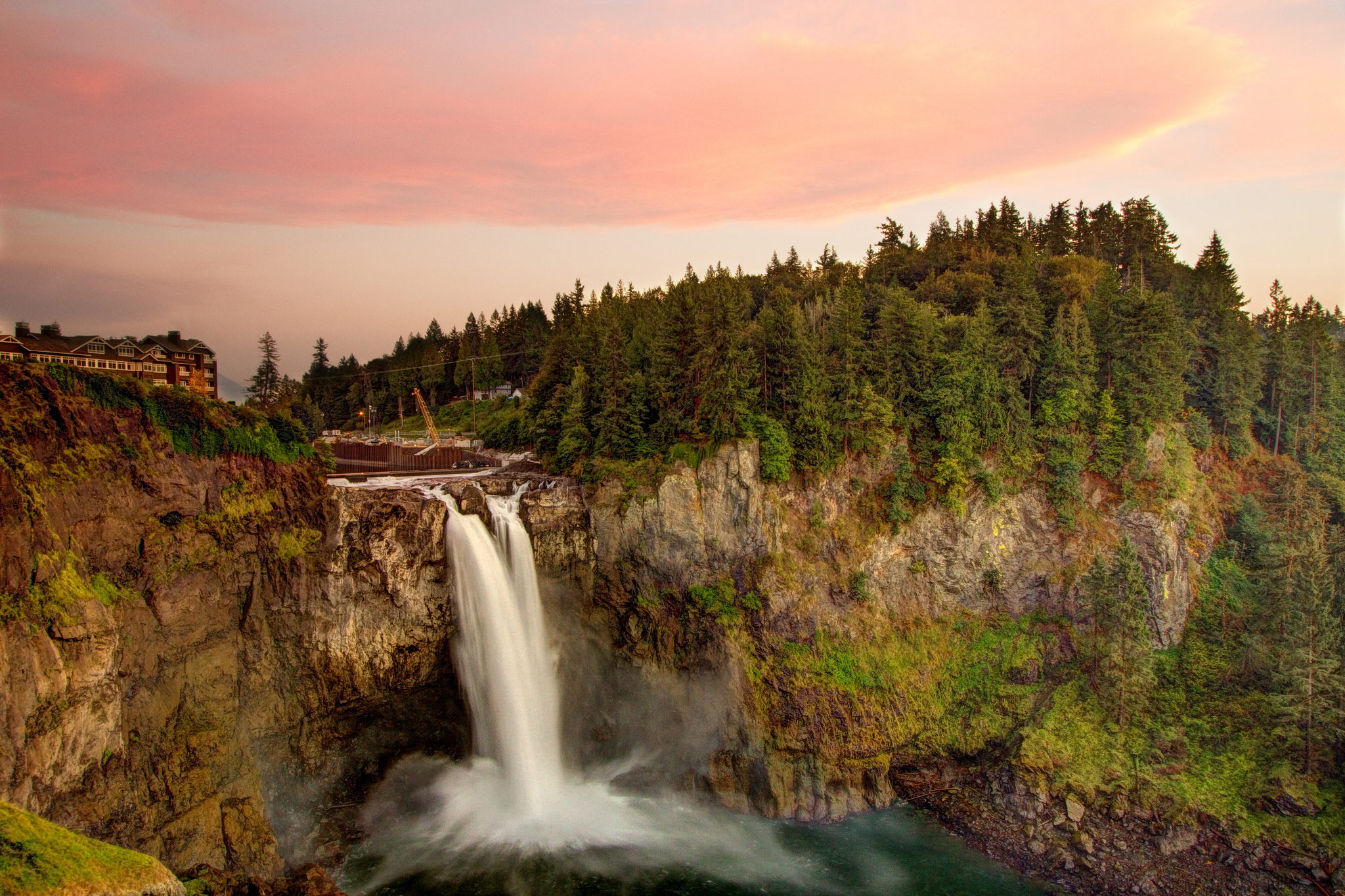
Snoqualmie Falls, located in the Cascade Mountains of Washington State, is a powerful and iconic waterfall that holds deep cultural significance for the Snoqualmie Tribe. The falls drop 268 feet into a pool below, creating a breathtaking display of water and mist that attracts over 1.5 million visitors each year. The surrounding area is rich in natural beauty, with dense forests and rugged cliffs providing a stunning backdrop to the falls. For the Snoqualmie Tribe, the falls are a sacred place, believed to be the birthplace of the world. The tribe's deep spiritual connection to the falls is reflected in their cultural traditions and stories, which have been passed down through generations. In addition to its cultural significance, Snoqualmie Falls is also a vital part of the local ecosystem, supporting a diverse array of wildlife and plant species. The falls are a testament to the power and beauty of nature, offering a glimpse into the rich history and culture of the Pacific Northwest.
11. Akaka Falls: Hawaii's Tropical Treasure
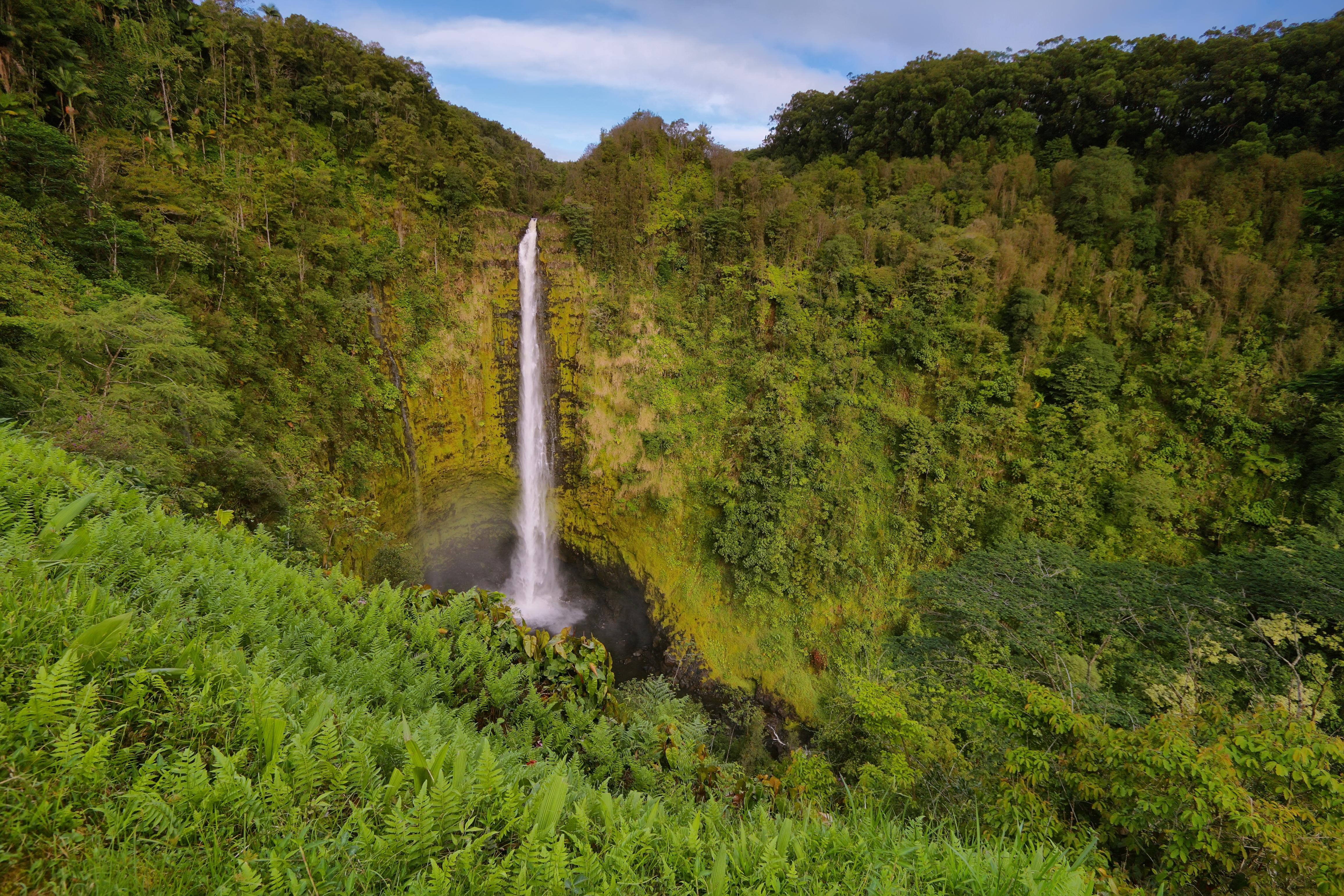
Akaka Falls, located on the Big Island of Hawaii, is a stunning example of the island's natural beauty. The waterfall plunges 442 feet into a lush, tropical gorge, creating a breathtaking display of water and mist that is surrounded by dense rainforest. The falls are part of Akaka Falls State Park, which offers a variety of trails and viewing platforms that allow visitors to experience the beauty of the falls up close. The surrounding rainforest is rich in biodiversity, with a variety of plant and animal species that are unique to the Hawaiian Islands. The falls are fed by the Kolekole Stream, which originates from the Mauna Kea volcano, creating a powerful and continuous flow of water. Akaka Falls is not only a natural wonder but also a cultural treasure, with a rich history and mythology that is deeply intertwined with the Hawaiian culture. The falls are a testament to the beauty and diversity of Hawaii's natural landscape, offering a glimpse into the island's rich history and culture.
12. Palouse Falls: Washington's Geological Wonder
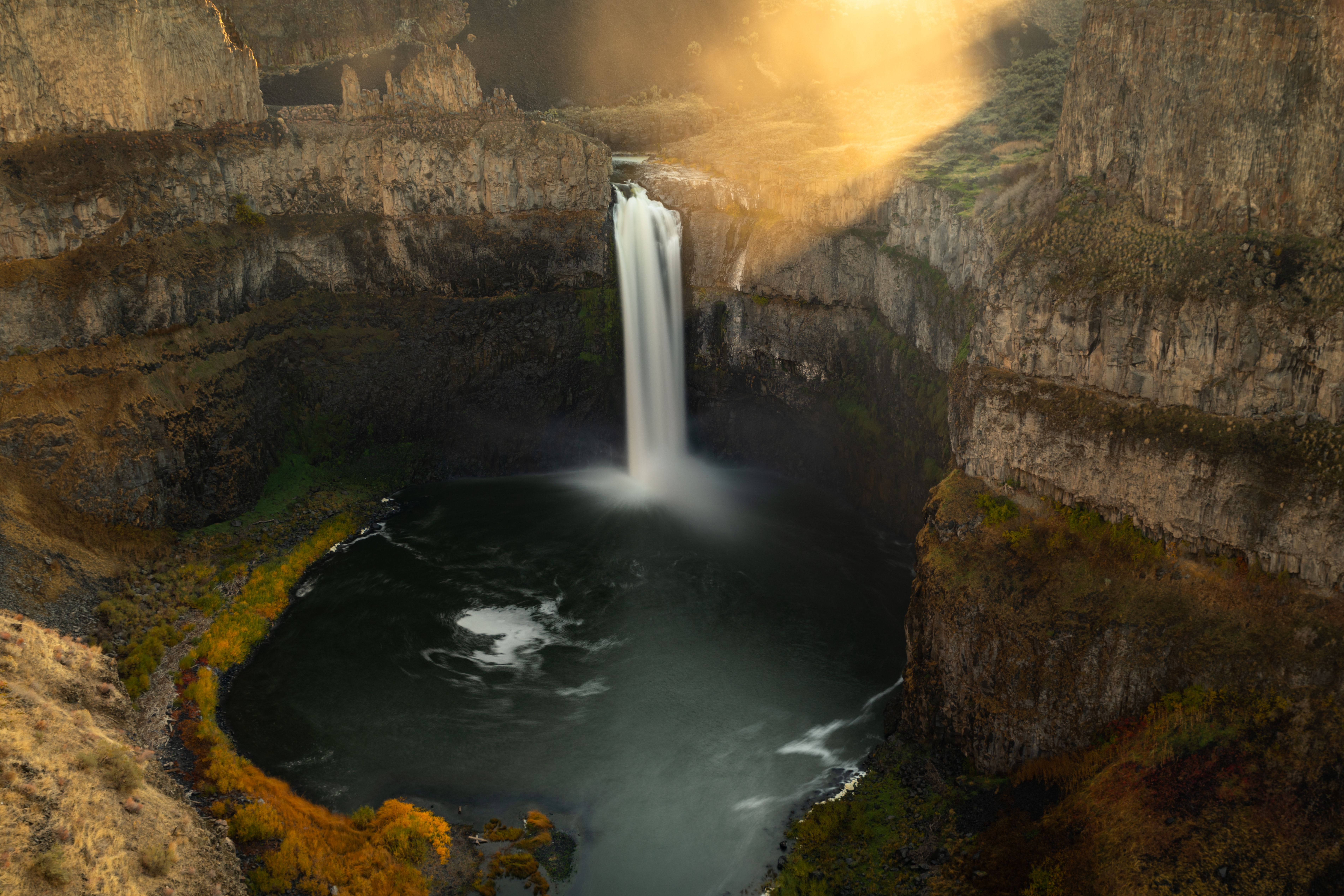
Palouse Falls, located in southeastern Washington, is a stunning example of the region's unique geological history. The waterfall plunges 198 feet into a rugged canyon, creating a breathtaking display of water and rock formations that is unlike any other waterfall in the United States. The falls are part of Palouse Falls State Park, which offers a variety of trails and viewing platforms that allow visitors to experience the beauty of the falls up close. The surrounding area is rich in geological history, with ancient lava flows and glacial deposits creating a dramatic landscape that is a testament to the power of nature. The falls are a vital part of the local ecosystem, supporting a diverse array of wildlife and plant species that thrive in the unique environment. Palouse Falls is not only a natural wonder but also a cultural treasure, with a rich history and mythology that is deeply intertwined with the Native American tribes that have lived in the area for centuries. The falls are a testament to the beauty and diversity of Washington's natural landscape, offering a glimpse into the region's rich history and culture.
As we conclude our journey through these 12 enchanting cascades, it becomes evident that America's waterfalls offer a diverse array of natural wonders that rival even the famed Niagara Falls. Each waterfall, with its unique characteristics and surroundings, provides a glimpse into the beauty and power of nature. From the towering heights of Yosemite Falls to the ethereal beauty of Cumberland Falls' moonbow, these cascades captivate and inspire all who visit them. Beyond their visual splendor, these waterfalls are vital components of their ecosystems, supporting diverse flora and fauna and providing critical habitats for countless species. They are also cultural treasures, with rich histories and mythologies that reflect the deep connections between nature and humanity. As we continue to explore and appreciate these natural wonders, it is essential to recognize the importance of preserving and protecting them for future generations. America's waterfalls are not just majestic spectacles; they are reminders of the beauty and fragility of our natural world, deserving of our admiration and stewardship.

